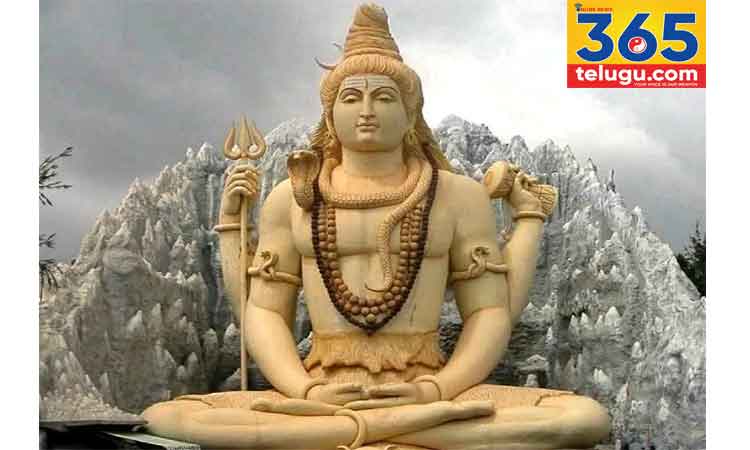365Telugu.com online news, May 27th,2023Lord Shiva, also known as Mahadeva, is a prominent deity in Hinduism. He is considered one of the Trimurti, the three main gods in Hinduism, along with Brahma and Vishnu. Shiva is revered as the supreme god who represents destruction, transformation, and creation. He is often depicted as a yogi, meditating in deep contemplation or engaged in ecstatic dance.

Here are some key aspects and symbols associated with Lord Shiva:
1.Nataraja: Lord Shiva is often depicted as Nataraja, the cosmic dancer. This iconic form shows him performing the Tandava, a vigorous dance that symbolizes the cycle of creation and destruction.
2.Third Eye: Shiva is believed to have a “third eye” located on his forehead. It represents spiritual insight, knowledge, and wisdom. When opened, it emits a powerful beam that can destroy ignorance or anything that threatens the cosmic balance.
3.Trishula: Shiva wields a trident known as the Trishula. It symbolizes his power over the three fundamental aspects of existence: creation, preservation, and destruction. The Trishula represents the control Shiva has over the cycle of life.

4.Serpent: Lord Shiva wears a serpent around his neck, known as Vasuki or Nagendra. The snake represents his mastery over fear, death, and rebirth. It also signifies his ability to remain unaffected by earthly desires and temptations.
5.Vibhuti: Shiva often covers his body with sacred ash known as Vibhuti. The ash represents his transcendence of worldly attachments and his connection with the eternal nature of reality.

6.Damru: Shiva is often depicted holding a small drum called a Damru. Its rhythmic sound is associated with the creation of the universe and the heartbeat of existence. The Damru represents the cosmic sound that sustains life.
7.Mount Kailash: It is believed that Shiva resides on Mount Kailash in the Himalayas. The mountain is considered sacred and is regarded as the abode of Shiva and his consort Parvati.

